More than 200 new giant viruses discovered in our marine ecosystems – New Atlas

Report on the Discovery of New Giant Viruses and Their Implications for Sustainable Development Goals
Executive Summary
A recent study has identified 230 new genomes of giant viruses within marine ecosystems, revealing their significant role as drivers of ecological balance and biogeochemical cycles. The findings have profound implications for several United Nations Sustainable Development Goals (SDGs), particularly SDG 14 (Life Below Water), SDG 13 (Climate Action), SDG 2 (Zero Hunger), and SDG 9 (Industry, Innovation, and Infrastructure). By influencing marine food webs, carbon cycling, and offering new avenues for biotechnology, this research underscores the critical importance of understanding marine microbial dynamics for global sustainability.
Introduction and Methodology
Research conducted by the University of Miami’s Rosenstiel School aimed to broaden the understanding of the diversity and ecological function of giant viruses in the ocean. The study utilized a novel genome-mining tool, BEREN (Bioinformatic tool for Eukaryotic virus Recovery from Environmental metageNomes), to analyze marine metagenomic datasets. The data was compiled from nine distinct global ocean surveys, providing a comprehensive view of viral presence and activity.
Key Findings and Implications for Sustainable Development Goals (SDGs)
The study’s findings reveal that giant viruses are not passive entities but active engineers of marine ecosystems. Their impact aligns directly with several key SDGs.
SDG 14: Life Below Water
The research provides critical insights into the conservation and sustainable use of marine ecosystems by highlighting the role of viruses in maintaining ocean health.
- Ecological Balance: Giant viruses are primary drivers of mortality for phytoplankton, including algae and flagellates. This process is fundamental to controlling population dynamics and maintaining biodiversity at the base of the marine food web.
- Marine Health Management: A comprehensive understanding of how these viruses interact with algae can lead to improved prediction and management of harmful algal blooms, which threaten marine ecosystems and are a key target for SDG 14.
- Biodiversity and Evolution: By infecting hosts and transferring genetic material, these viruses are significant agents of microbial evolution, shaping the genetic landscape of marine life.
SDG 13: Climate Action
The findings underscore the integral role of marine viruses in global climate-regulating processes, particularly the carbon cycle.
- Carbon Cycling: Giant viruses directly influence the marine biological carbon pump. By lysing phytoplankton cells, they release organic carbon into the water column, affecting its sequestration into the deep ocean and thus impacting global carbon budgets.
- Metabolic Reprogramming: The discovery of viral genes for central carbon metabolism, ATP generation, and photosynthesis indicates that viruses can hijack and augment their hosts’ metabolic capacity. This directly influences global energy flow and the efficiency of oceanic carbon fixation.
SDG 2: Zero Hunger & SDG 3: Good Health and Well-being
The study connects marine microbial dynamics to global food security and public health.
- Foundation of Food Sources: Phytoplankton serve as the foundational food source for entire ocean ecosystems, which in turn support global fisheries. By regulating phytoplankton populations, giant viruses indirectly influence the stability of food sources vital for achieving zero hunger.
- Mitigation of Health Hazards: The potential to manage harmful algal blooms, which can produce toxins dangerous to both marine life and humans, directly contributes to SDG 3 by protecting human health from water-related hazards.
SDG 9: Industry, Innovation, and Infrastructure
The research opens new avenues for scientific innovation and the development of sustainable, bio-based technologies.
- Biotechnological Potential: The discovery of hundreds of previously unidentified proteins, including enzymes once thought exclusive to cellular life, presents a new frontier for biotechnology. These novel enzymes could have applications in various industrial processes.
- Advancement in Scientific Tools: The development and public release of the BEREN software represents a significant innovation in bioinformatics, providing the scientific community with an advanced tool to foster further research and discovery in environmental genomics.
Conclusion and Future Directions
The discovery of these new giant viruses fundamentally enhances our understanding of marine ecosystems. It demonstrates that viruses are dynamic agents influencing marine biodiversity, global carbon cycling, and microbial evolution. Continued research into their diversity and ecological functions is essential for developing a complete picture of ocean health. The public availability of the complete dataset and the BEREN software will facilitate collaborative scientific efforts, accelerating progress toward achieving global sustainability targets outlined in the SDGs.
1. Which SDGs are addressed or connected to the issues highlighted in the article?
- SDG 14: Life Below Water
- SDG 13: Climate Action
- SDG 3: Good Health and Well-being
- SDG 9: Industry, Innovation and Infrastructure
- SDG 2: Zero Hunger
2. What specific targets under those SDGs can be identified based on the article’s content?
-
SDG 14: Life Below Water
- Target 14.1: By 2025, prevent and significantly reduce marine pollution of all kinds, in particular from land-based activities, including marine debris and nutrient pollution. The article connects to this target by discussing research that could help “predict and possibly manage harmful algal blooms,” which are a form of marine pollution that poses a significant threat to marine ecosystems.
- Target 14.2: By 2020, sustainably manage and protect marine and coastal ecosystems to avoid significant adverse impacts… and take action for their restoration in order to achieve healthy and productive oceans. The research contributes to a deeper understanding of marine ecosystems by identifying giant viruses as “novel drivers of both ecological balance” and key players in the health of phytoplankton, which “serve as the base of the food web supporting ocean ecosystems.”
- Target 14.a: Increase scientific knowledge, develop research capacity and transfer marine technology… in order to improve ocean health. The article is a direct example of this target in action. The study broadens “our understanding of these viral giants, revealing 230 new genomes,” uses a “novel genome-mining tool called BEREN,” and makes the “complete dataset, genome annotations, and BEREN software… available for public use,” thereby increasing scientific knowledge and transferring technology.
-
SDG 13: Climate Action
- Target 13.3: Improve education, awareness-raising and human and institutional capacity on climate change mitigation, adaptation, impact reduction and early warning. The article highlights that giant viruses are “dynamic engineers influencing… climate-regulating processes related to carbon cycling.” This research enhances the scientific knowledge base, which is crucial for improving institutional capacity to model and understand global carbon cycles, a key component of climate change mitigation.
-
SDG 3: Good Health and Well-being
- Target 3.9: By 2030, substantially reduce the number of deaths and illnesses from hazardous chemicals and air, water and soil pollution and contamination. The article explicitly states that understanding these viruses can help manage “harmful algal blooms, which are human health hazards.” By controlling these blooms, which can release toxins into the water and air, the research contributes to reducing illnesses from water pollution.
-
SDG 9: Industry, Innovation and Infrastructure
- Target 9.5: Enhance scientific research, upgrade the technological capabilities of industrial sectors in all countries… encouraging innovation. The study showcases innovation through the development of the “novel genome-mining tool called BEREN.” Furthermore, it points to future innovation by suggesting that the “novel functions found in giant viruses could have biotechnological potential, as some of these functions might represent novel enzymes.”
-
SDG 2: Zero Hunger
- Target 2.4: By 2030, ensure sustainable food production systems and implement resilient agricultural practices… that help maintain ecosystems… The article notes that phytoplankton, whose populations are influenced by giant viruses, “serve as the base of the food web supporting ocean ecosystems and food sources.” Maintaining the health of these foundational species is essential for the sustainability of global fisheries, which are a critical food source for millions of people.
3. Are there any indicators mentioned or implied in the article that can be used to measure progress towards the identified targets?
- Number of new genomes and proteins identified: The article explicitly states the discovery of “230 new genomes and hundreds of previously unidentified proteins.” This serves as a direct indicator for Target 14.a (Increase scientific knowledge).
- Development and availability of new scientific tools: The creation and public release of the “novel genome-mining tool called BEREN” and the associated “complete dataset” are tangible indicators of progress for Target 14.a (transfer marine technology) and Target 9.5 (Enhance scientific research… encouraging innovation).
- Identification of novel enzymes with biotechnological potential: The discovery of “nine new proteins tied to photosynthesis” and other enzymes “once thought exclusive to cellular life” is an indicator for Target 9.5, as it represents the potential for future innovation and technological application.
- Improved capacity to predict and manage harmful algal blooms: While not a quantified metric in the article, the stated goal to “predict and possibly manage harmful algal blooms” implies that a reduction in the frequency, duration, or impact of these blooms would be a key indicator of success, relevant to Target 14.1 (reduce marine pollution) and Target 3.9 (reduce illnesses from water pollution).
- Enhanced understanding of carbon cycling: The research contributes to a “more complete understanding of ocean health and the impact on global carbon cycling.” This improved understanding, which can be incorporated into climate models, serves as an indicator for Target 13.3 (Improve… institutional capacity on climate change mitigation).
4. Create a table with three columns titled ‘SDGs, Targets and Indicators” to present the findings from analyzing the article.
| SDGs, Targets and Indicators | Targets | Indicators |
|---|---|---|
| SDG 14: Life Below Water | 14.1: Reduce marine pollution, including nutrient pollution (e.g., harmful algal blooms). 14.2: Sustainably manage and protect marine ecosystems. 14.a: Increase scientific knowledge, develop research capacity and transfer marine technology. |
– Improved capacity to predict and manage harmful algal blooms. – Number of new viral genomes identified (230). – Public availability of new scientific tools (BEREN software) and datasets. |
| SDG 13: Climate Action | 13.3: Improve education and institutional capacity on climate change mitigation. | – Enhanced scientific understanding of the role of viruses in global carbon cycling for use in climate models. |
| SDG 3: Good Health and Well-being | 3.9: Substantially reduce illnesses from water pollution and contamination. | – Implied reduction in human health incidents related to harmful algal blooms. |
| SDG 9: Industry, Innovation and Infrastructure | 9.5: Enhance scientific research and encourage innovation. | – Development of novel technologies (BEREN genome-mining tool). – Identification of novel enzymes with biotechnological potential. |
| SDG 2: Zero Hunger | 2.4: Ensure sustainable food production systems by maintaining ecosystems. | – Improved understanding of the stability of phytoplankton populations, which form the base of marine food sources. |
Source: newatlas.com

What is Your Reaction?
 Like
0
Like
0
 Dislike
0
Dislike
0
 Love
0
Love
0
 Funny
0
Funny
0
 Angry
0
Angry
0
 Sad
0
Sad
0
 Wow
0
Wow
0





























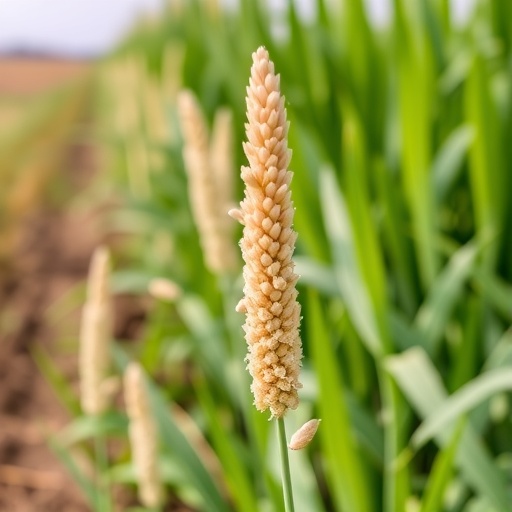


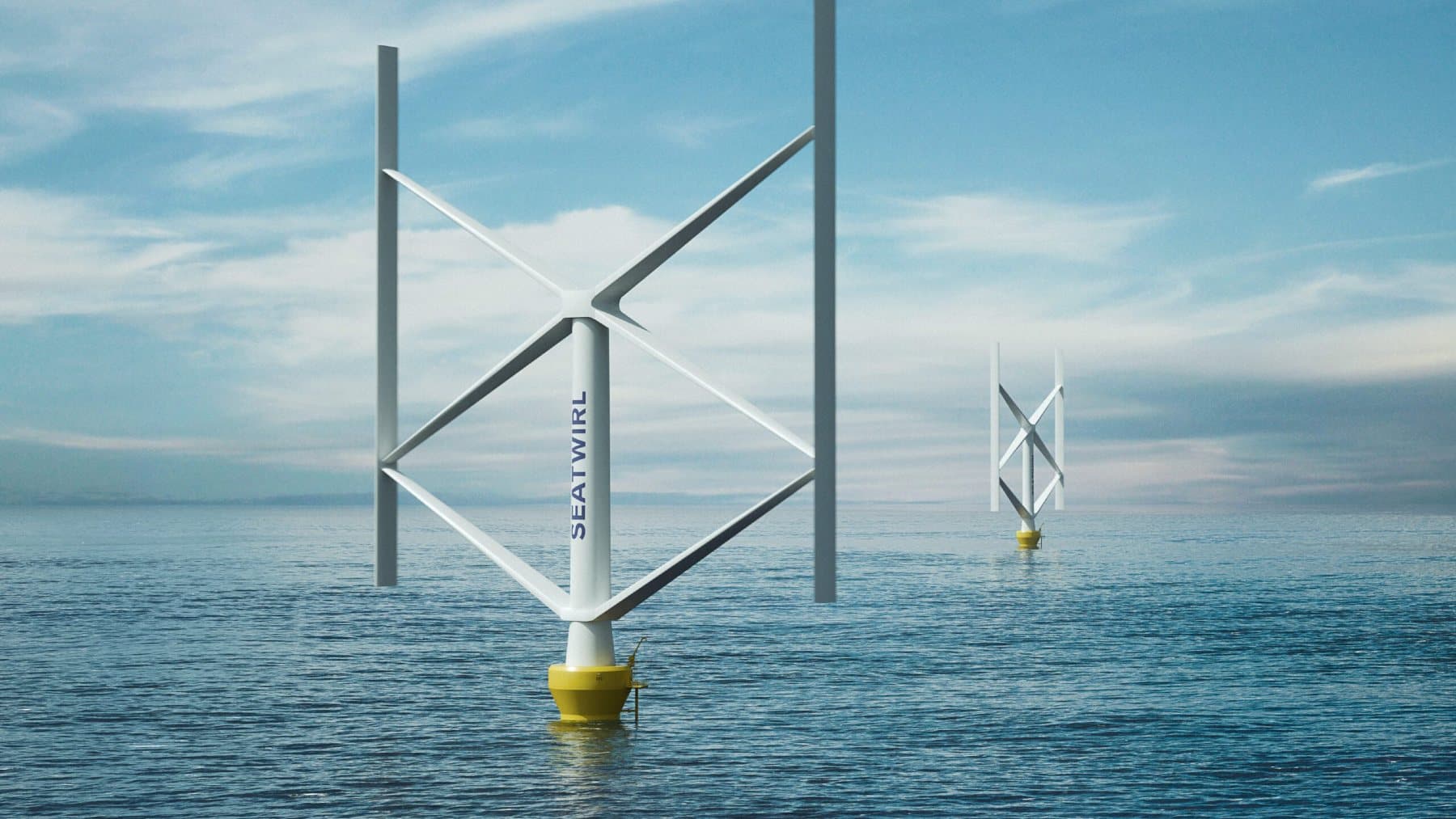








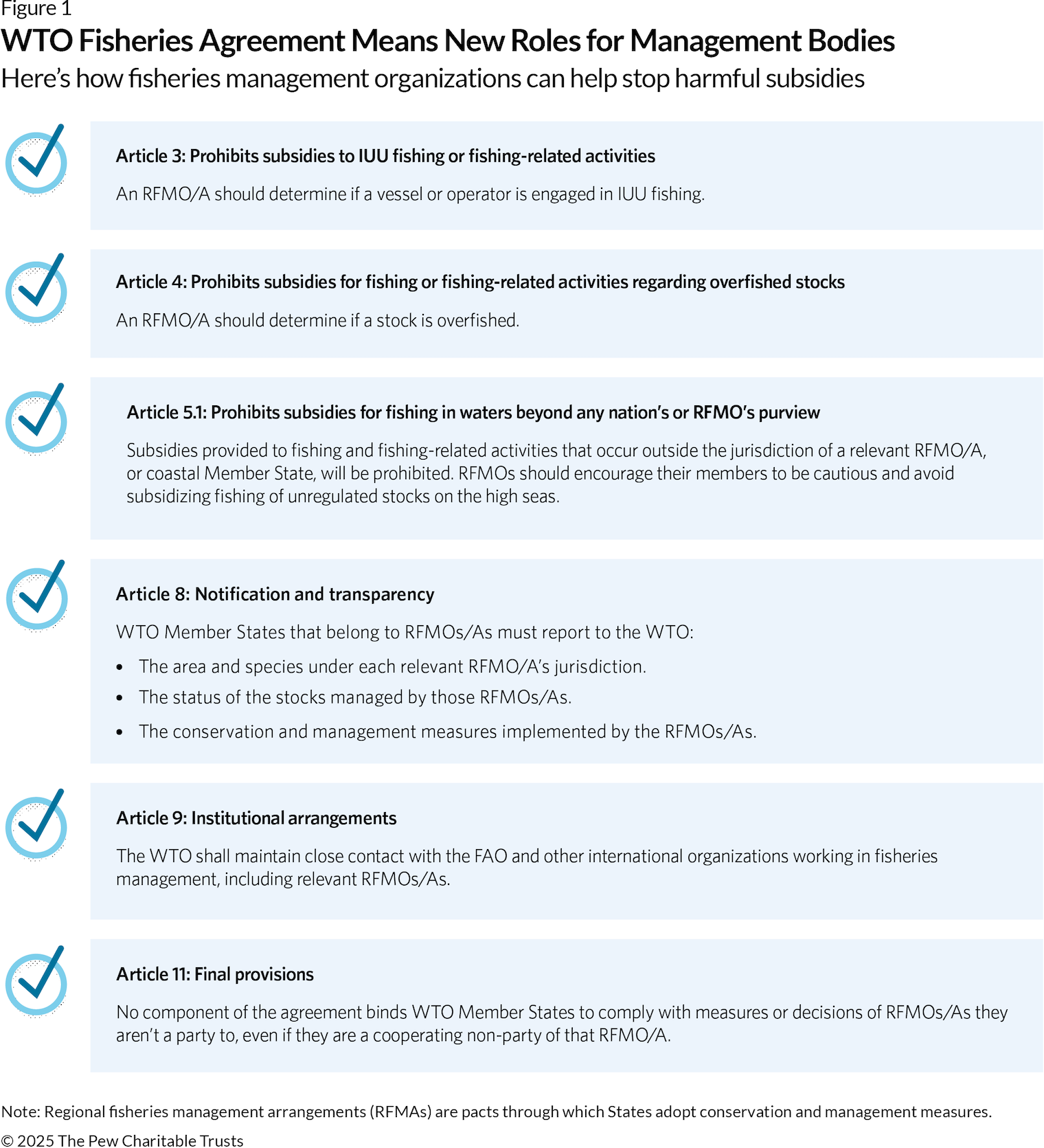
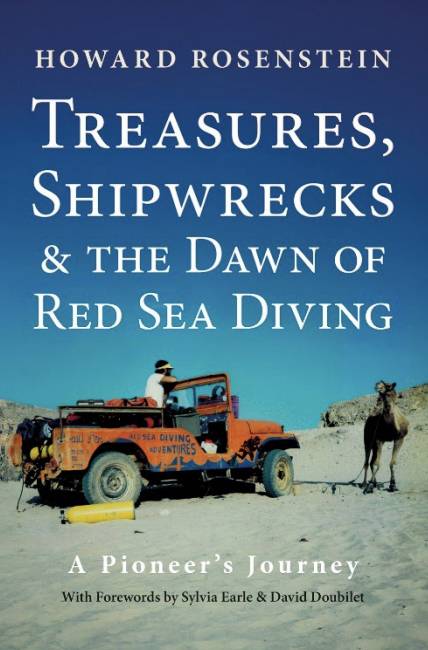
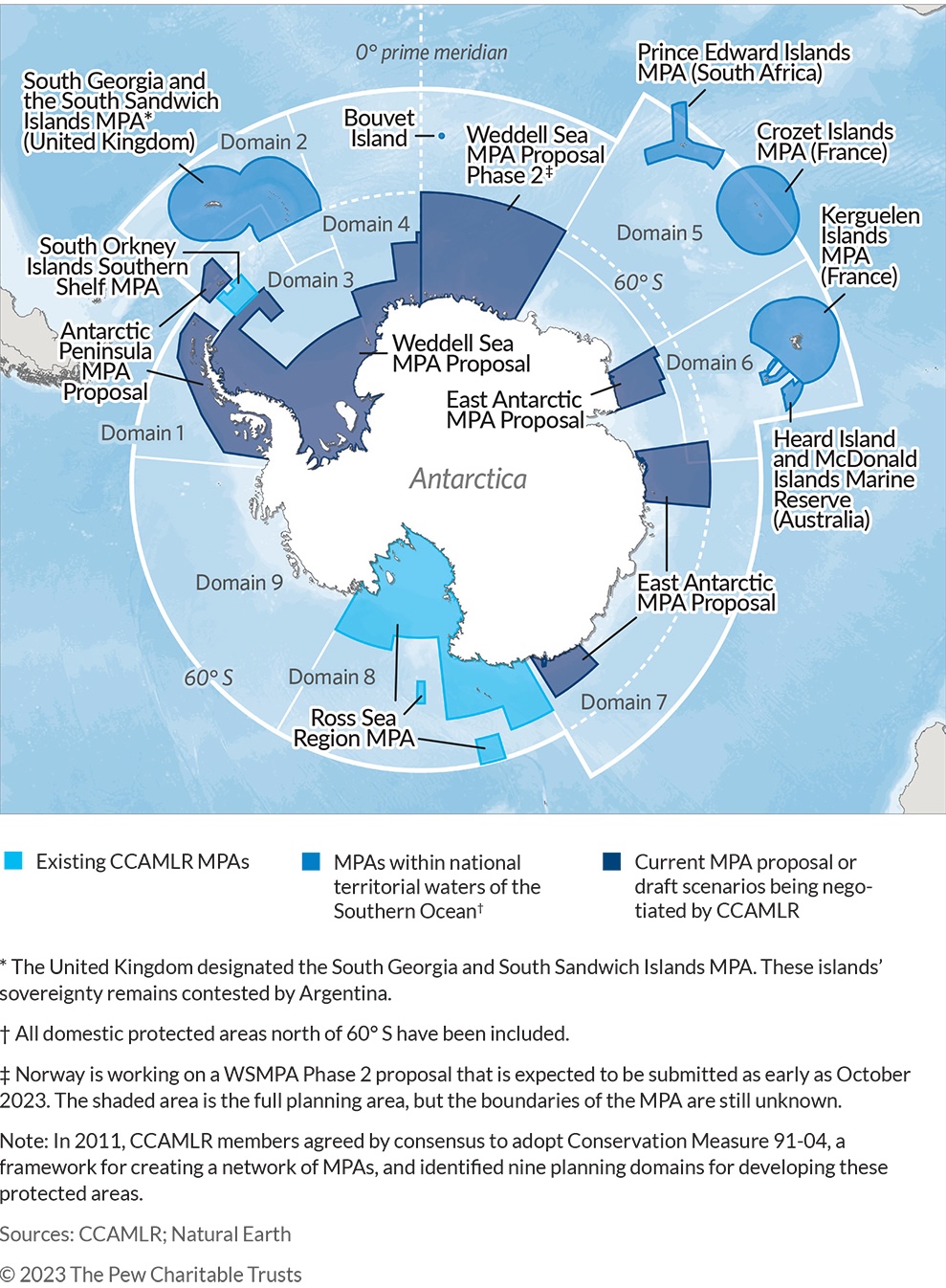


.jpg?h=50da7ea4&itok=DTgFLdpn#)






























